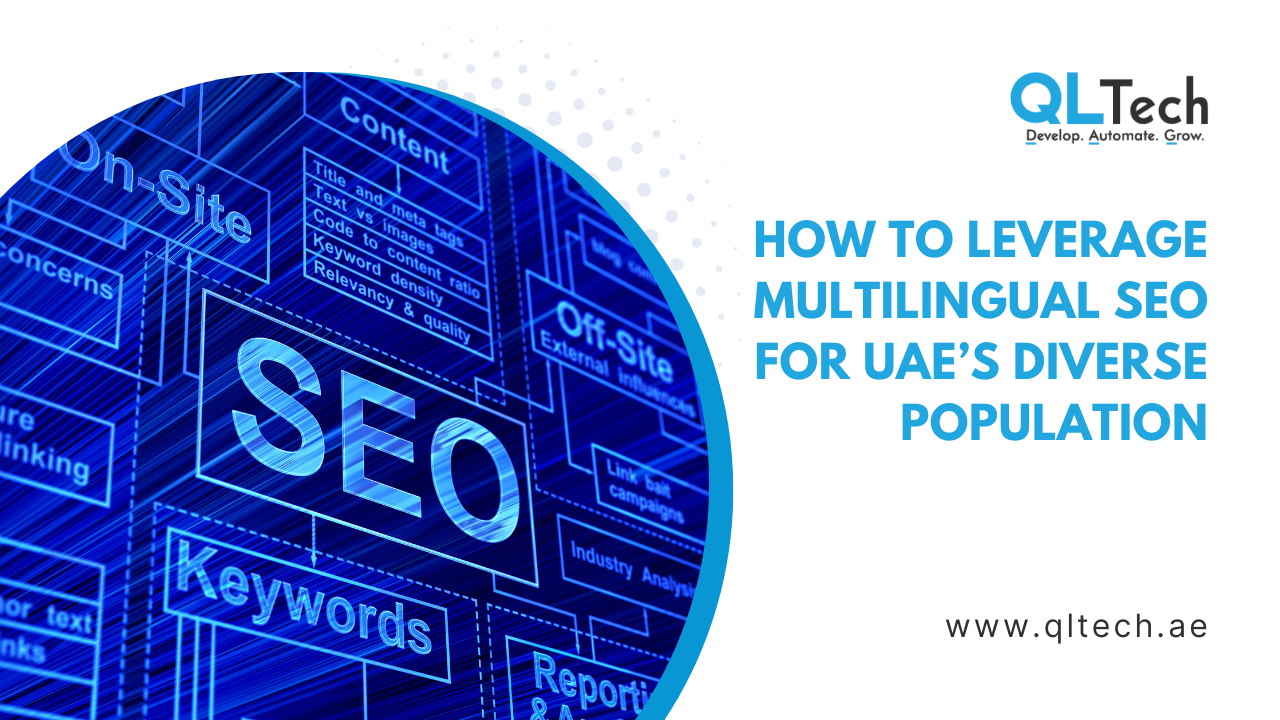How to Leverage Multilingual SEO for UAE’s Diverse Population
With a population speaking Arabic, English, Hindi, Urdu, Tagalog, and more in UAE, tailoring your SEO strategy to accommodate this diversity can amplify your reach and impact.

- 1. Identify Target Languages
- 2. Create Language-Specific Content
- 3. Optimize Meta Tags and URLs
- 4. Implement hreflang Tags
- 5. Localize, Don’t Just Translate
- 6. Leverage Local SEO
- 7. Analyze and Adjust
Here’s how to leverage multilingual SEO effectively:
Analyze your audience demographics to pinpoint the languages they speak. Focus on the most common languages that align with your business goals.
Develop high-quality content in your target languages, keeping cultural nuances in mind. Use professional translators to ensure accuracy and authenticity.
Translate meta titles, descriptions, and headers into the chosen languages. Use country-code top-level domains (ccTLDs) or subdirectories for language-specific URLs (e.g., example.com/ar/).
Use hreflang tags to signal to search engines which version of your content matches a specific language or region. This prevents duplicate content issues and improves visibility.
Adapt content to local customs, dialects, and preferences. For instance, Arabic users in the UAE may favor different search terms compared to other Arabic-speaking regions.
Include local keywords in each language and optimize for location-based searches. Register on local directories and utilize Google My Business to boost visibility.
Regularly track performance using analytics tools. Monitor keyword rankings, traffic sources, and user behavior to refine your multilingual SEO strategy.
By embracing multilingual SEO, you can tap into the UAE’s rich diversity, building trust and fostering engagement with audiences in their native languages. Start optimizing today to stand out in this vibrant, multilingual market!